Best pedal amps 2025: big sounds in a small package
Here are the best small-yet-mighty pedal amp options from top brands such as Blackstar, Strymon, Universal Audio and more - including our pick of amp simulator pedals
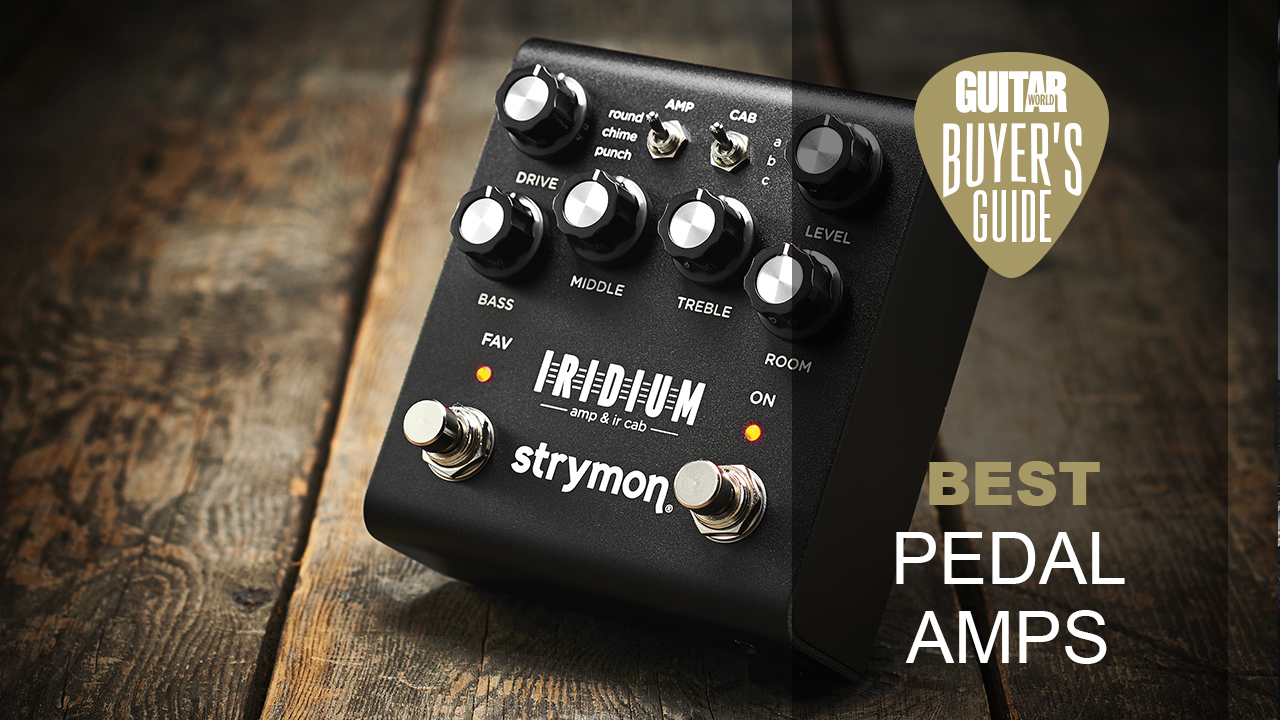
Each generation has had its defining amplifier invention. The ‘60s saw the dawn of the 4x12” speaker cab, the ‘90s introduced digital modeling amps, and the 2000s brought lunchbox heads and Class-D-powered combos into the spotlight. But what about our current era? Well, the 2020s are the era of the pedal amp! The best pedal amps are quickly becoming the gold standard for this generation’s guitarists.
Guitar amplification has undoubtedly shrunk over the years, and that trend hasn’t shown any signs of abating with this new breed of fantastic pedal amp options. Whilst some may see pedal amps as a niche piece of gear or as an emergency backup to a temperamental valve amp, there are now a number of genuine, full-time options for both bedroom players and professionals.
There’s no question that many leading guitar pedal and amp makers have been directing a lot of energy towards this area for some time. In this round-up, we’ve selected products with pedigree from stalwarts of the amplification world, and spanning all budgets. And thanks to the advancements made by these companies, we’re now seeing floor amps that can finally hold their own against traditional heads.
Our top picks
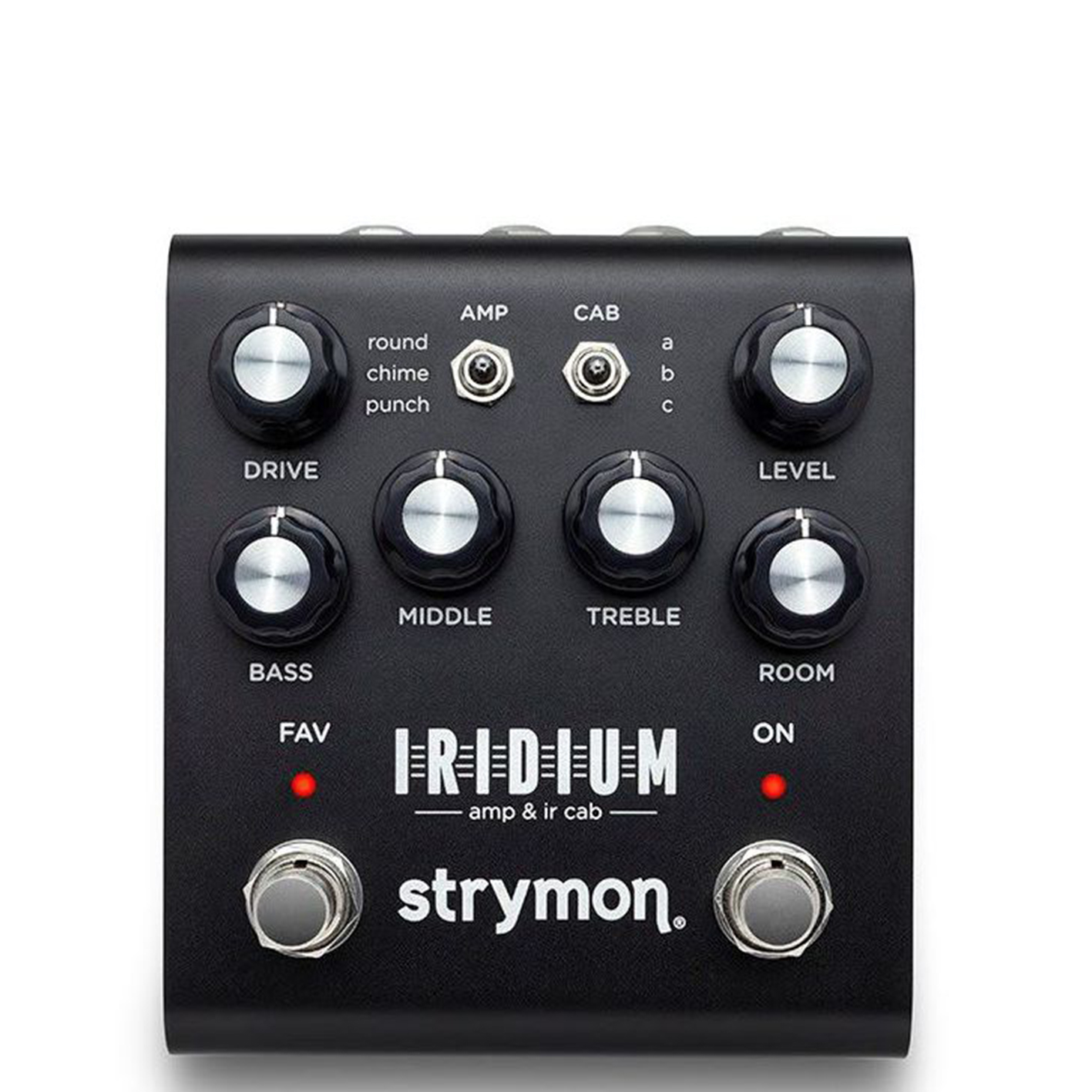
Not only does the Iridium offer a range of amp and cab combinations with versatile EQ controls including room ambience, it’s also compact and easy to use. It sounds good, too, doing a great job of modeling some classic amps and cabs like the Fender Deluxe, Vox AC30 and Marshall Super Lead.
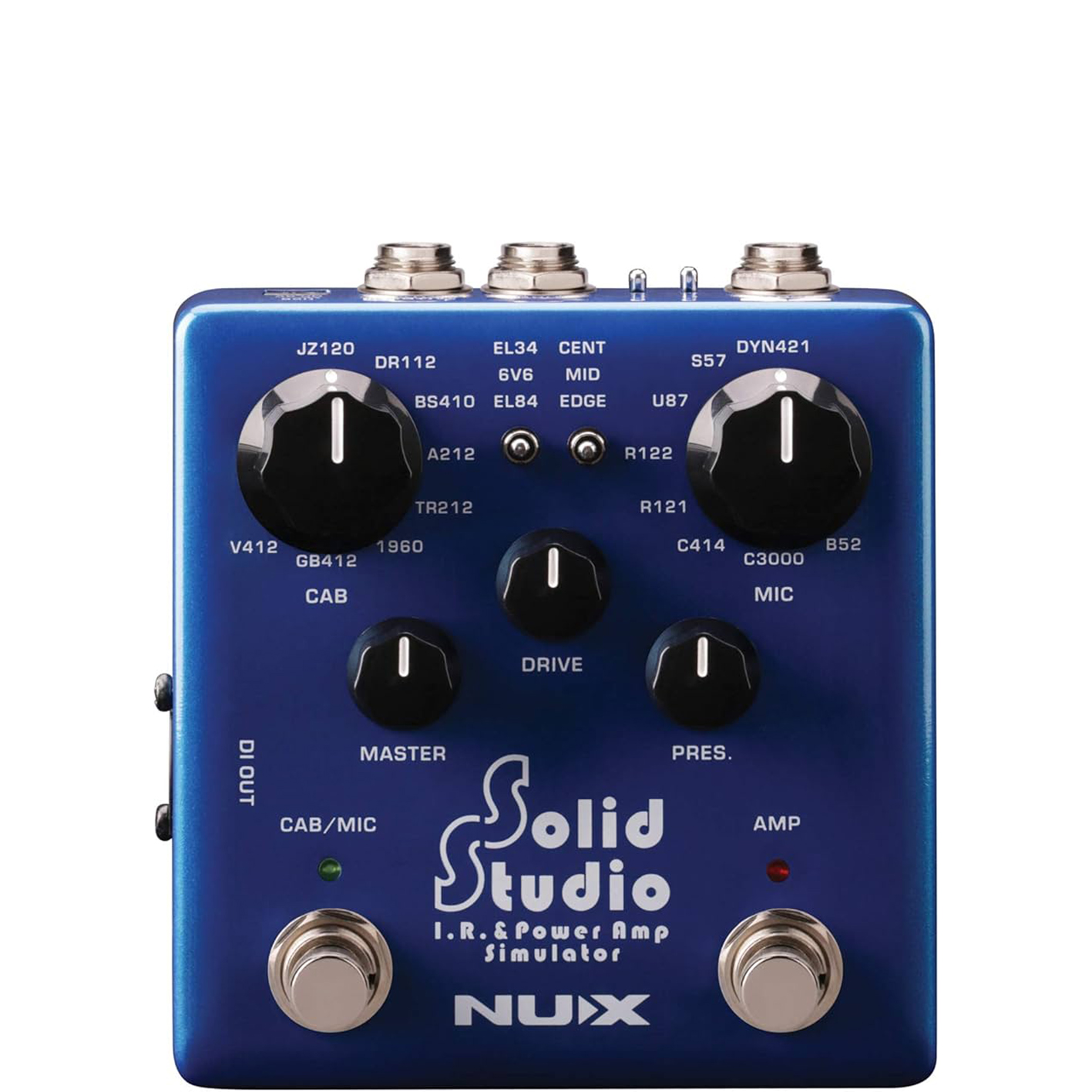
NUX has crammed as much into this box as possible, leading it to look complex and sophisticated, but it's actually straightforward once you get your head around the layout. It features simulations of all the big name cabs and, despite the low cost, certainly realistic enough to gig with.

The 10 Amped 1 is a genuine way of getting gig-level volume – courtesy of the 100 watt (at 8 or 16 Ohms), class D power section – in a unit that’s easily small enough to throw into your rucksack. With effects loop, built-in digital reverb and even MIDI integration, this has features that some premium amp heads/combos can’t match.
Best overall
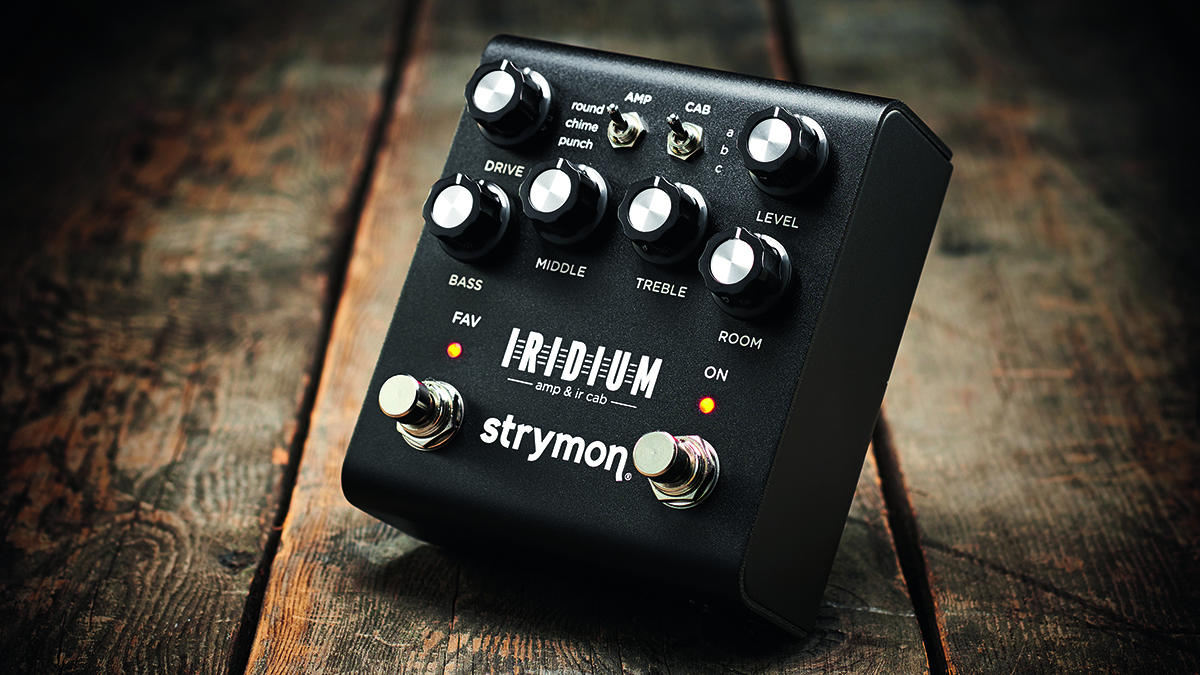
Specifications
Reasons to buy
Reasons to avoid
When it comes to finding the best pedal amp that strikes just the right balance, look no further than the Strymon Iridium Amp and IR Cab Simulator. Not only does it offer a range of amp and cab combinations with versatile EQ controls including room ambience, it’s also compact and easy to use.
Of course, a pedal amp has to sound good, and the Iridium does a great job of modeling some classic amps and cabs. With amp settings Round, Chime and Punch you can convincingly replicate Fender Deluxe, Vox AC30 and Marshall Super Lead amplifiers. The nine-speaker cabinet pairings, meanwhile, are not only realistic but highly responsive – something many of its simulator/emulator peers have struggled with. Furthermore, you can upload your own impulse responses (IR) with the Strymon software.
Ultimately, the Strymon Iridium Amp and IR Cab Simulator is a great all-rounder for guitarists, whether you’re looking to mobilize your live rig, practice quietly at home, or expand your recording tools.
Read our full Strymon Iridium review
Best budget

2. NUX Solid Studio IR & Power Amp Simulator
Our expert review:
Specifications
Reasons to buy
Reasons to avoid
For something containing a wide range of classic amp/cabinet combos (eight cabinets, eight microphones and three power amp tube simulations), the NUX Solid Studio IR & Power Amp Simulator is actually simple to use. NUX has really tried to cram as much into this box as possible, leading it to look complex and sophisticated. That said, you should find it fairly straightforward once you get your head around the layout.
Featuring simulations of all the big name cabs, including AC30, Twin and Deluxe Reverbs, and Bassman, and so on, as well as all the key mics and placement options, there is so much scope for tone sculpting here. The NUX Solid Studio IR & Power Amp Simulator also features USB inputs to enable users to import their own impulse log in case any of the other options weren’t enough.
As far as amp simulators go, it’s certainly realistic enough to gig with. But given the amount of cab and mic sim options here, it’s no wonder the IR & Power Amp Simulator found its best use as a studio tool, helping guitarists record realistic mic’d up cabinet sounds without needing a seasoned engineer on call.
Best for gigging

Specifications
Reasons to buy
Reasons to avoid
Blackstar have a really brilliant talent for coming into a saturated market and dropping something that not only sounds amazing, but also tends to undercut the competition for price, so it’s no surprise they’ve done it again with the 10 Amped 1.
The 10 Amped 1 is a genuine way of getting gig-level volume – courtesy of the 100 watt (at 8 or 16 Ohms), class D power section – in a unit that’s easily small enough to throw into your rucksack. With effects loop, built-in digital reverb and even MIDI integration, this has features that some premium amp heads/combos can’t match, plus it has its own dedicated DI output with 3 different speaker simulations to choose from, plus a headphone output. And for those who want to record at home, it can also act as an audio interface with USB connectivity.
Whilst it lacks the tube preamp section of Milkman’s The Amp or the BluGuitar Amp 1, the Amped 1 is an impressively versatile option that should be more than enough for most guitarists for just about any situation, and at a very competitive price.
Read our full Blackstar Dept. 10 Amped 1 review
Best traditional sounds
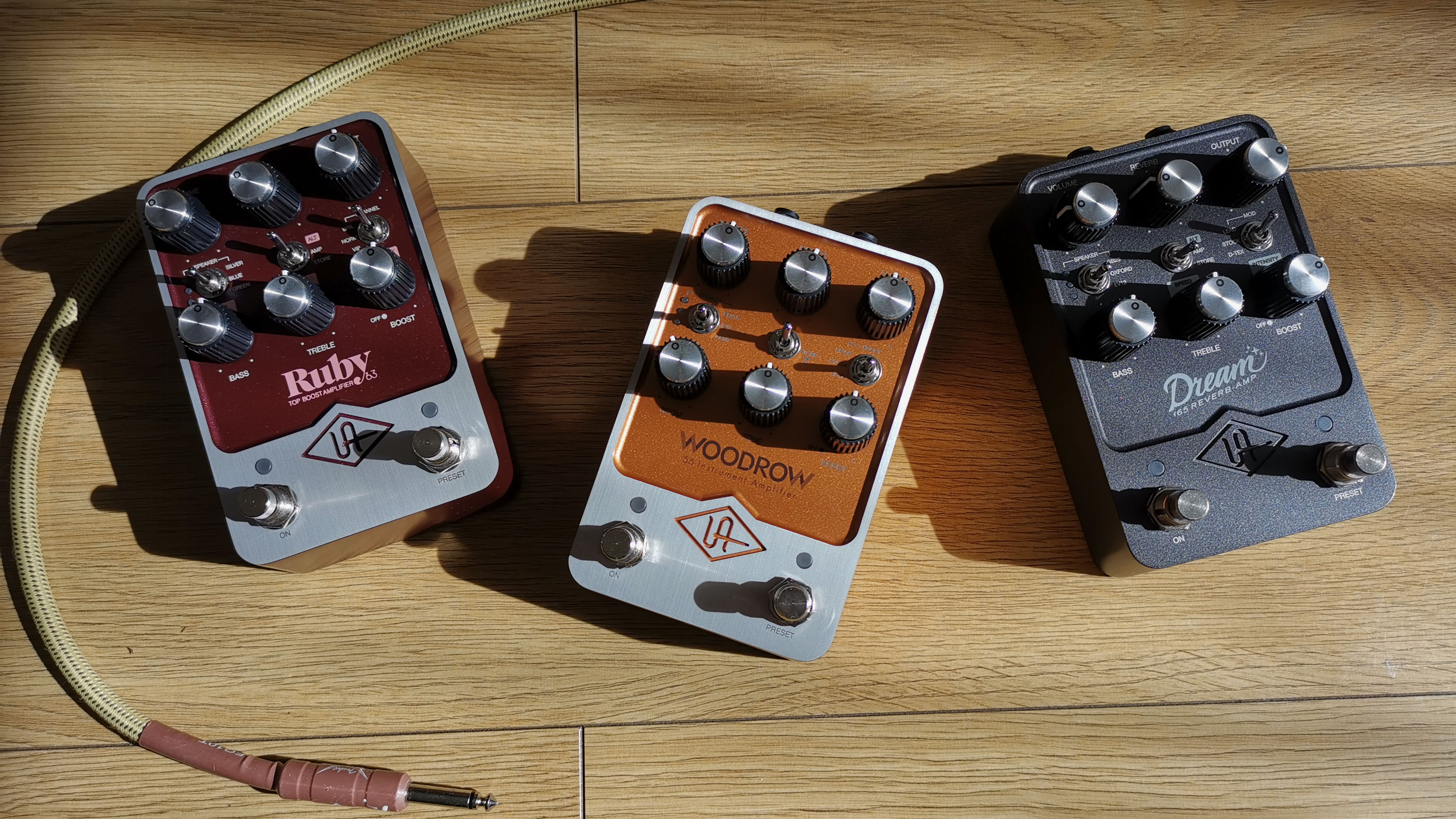
Specifications
Reasons to buy
Reasons to avoid
For some, the Universal Audio FX Amp Emulators might not be as flexible as some of their rivals, given the decision to strictly stick to one amp emulation per pedal, but for others – particularly those who suffer from option paralysis – having one really brilliant ‘amp in a box’ might just be the perfect solution.
The Woodrow ’55 is based on Fender tweed amps from the ’50s; the Dream ’65 Reverb Amplifier serves as the black-panel Fenders with an emulation of the Deluxe Reverb; and Ruby ’63 Top Boost Amplifier channels the legendary Vox AC30. New to the lineup; the Lion 68 Super Lead nails those famous Marshall Plexi tones. All four provide faithful reproductions of their classic counterparts, even down to their ability to take pedals in the front end.
Though a lack of MIDI integration feels somewhat of a shame, for technophobes the ability to take any one of the UAFX Amp Emulator pedals out of the box and achieve vintage tones, complete with tactile feel, without hassle will be hugely appealing. These are undoubtedly for the tube purists… despite there being no tubes in sight!
Read our full Universal Audio Amp Emulator Pedals review
Best cab options
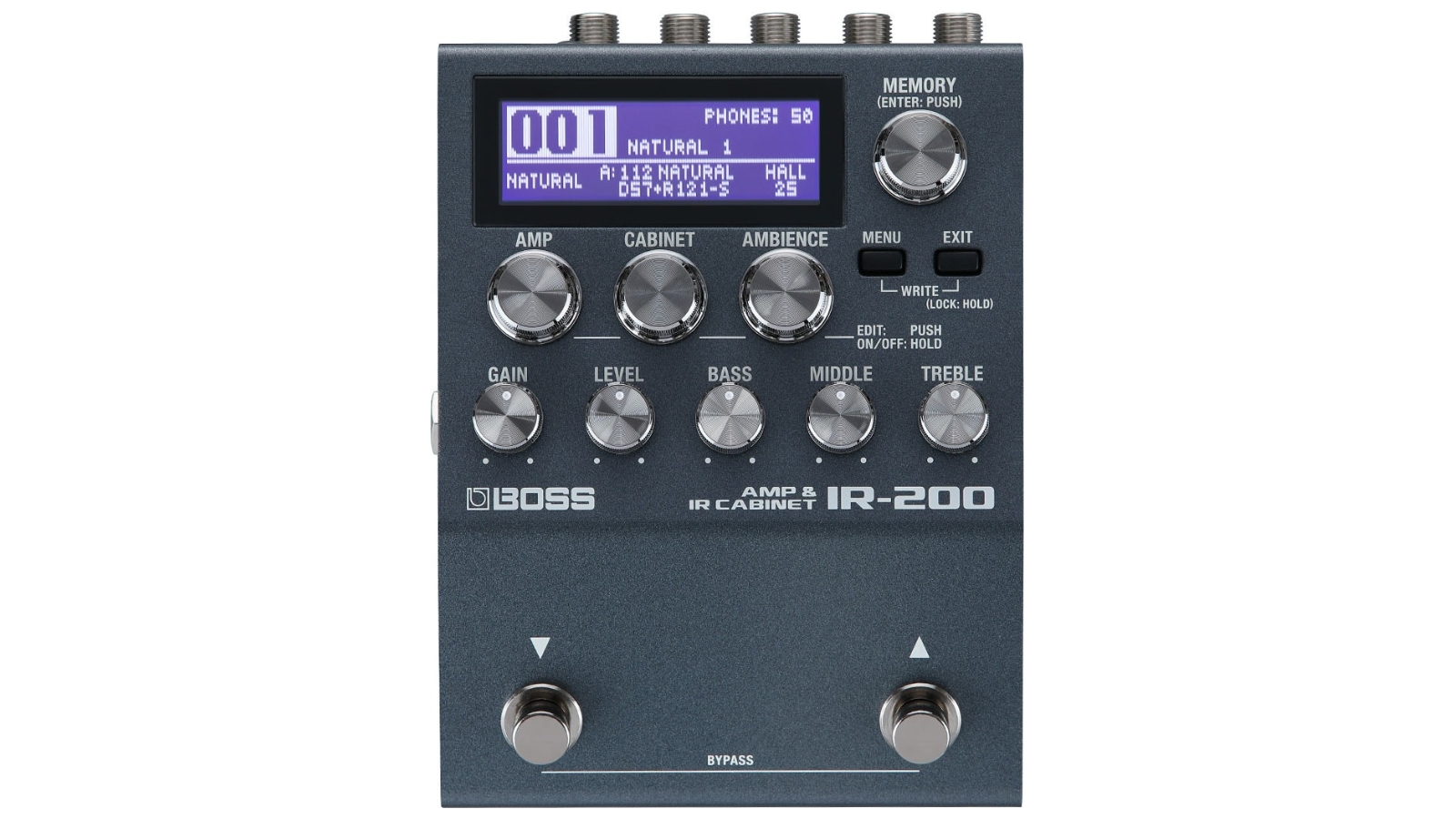
5. Boss IR-200
Our expert review:
Specifications
Reasons to buy
Reasons to avoid
Boss didn’t hold back with the IR-200. For its size, the IR-200 is packed with an unbelievable amount of features including eight guitar amps, three bass amps, 150 hi-res cab impulse responses, 128 user memory slots, parametric and graphic EQ to name but a few.
The Boss IR-200's compact design is perfect for fitting right onto your pedalboard. Plus, it comes with an FX loop send and a stereo return to make set-up easy. But that's not all on the connectivity front – this little powerhouse also includes MIDI in and out on mini jacks, an aux input, a stereo headphone out, connections for control or expression pedals, and even a USB port.
The amp tones on offer are pretty classic: a clean Boss amp, a Twin Reverb, a JC-120, a Tweed Bassman, a Boss X-Hi Gain, a Marshall Super Lead, an AC30, and a Bogner Uberschall. Their familiar sounds make them a great starting point for tweaking. You can easily find a tone that works for you, and with all the options like different cabs, mics, room ambience and EQ settings, you'll be dialing in your perfect sound in no time.
There’s no denying that the IR-200 is up against some stiff competition – Strymon’s Iridium has been top dog for several years. However, for the wealth of options, the IR-200 is ideal for the tweaker who loves getting lost in a myriad of different tonal combinations.
Best power amp
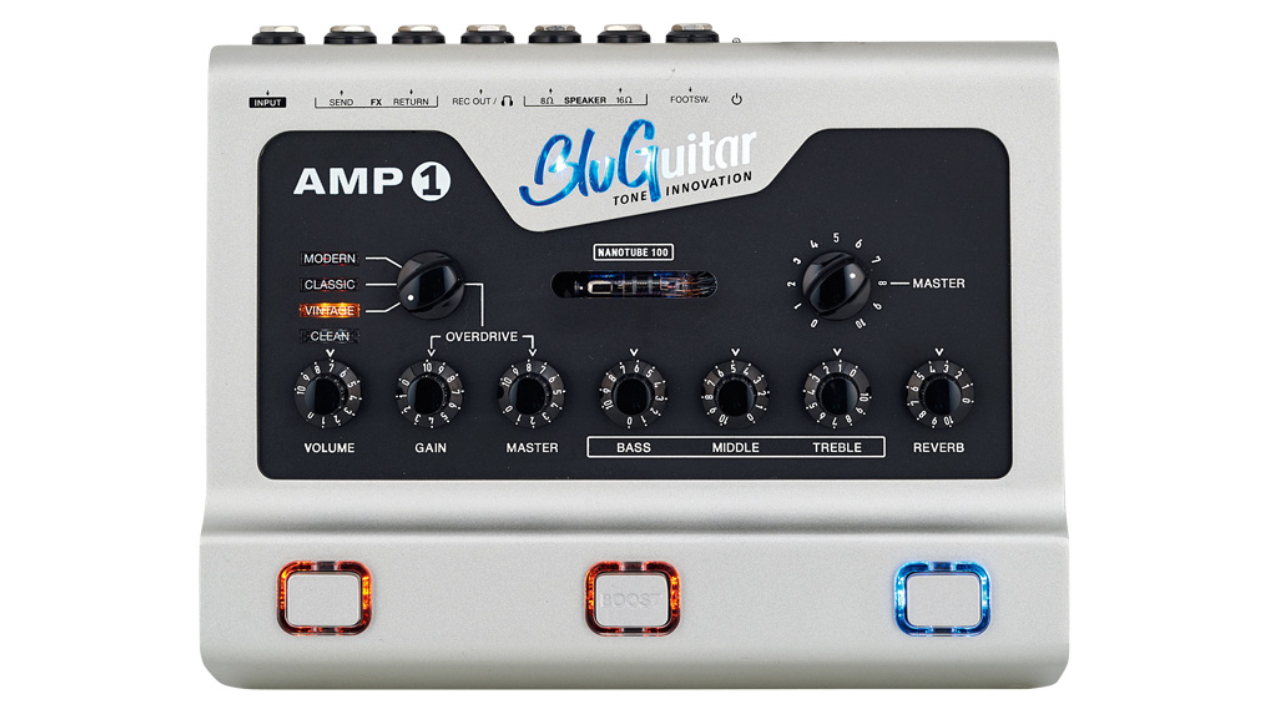
6. BluGuitar AMP1 ME Mercury Edition 100W Pedal Amp
Our expert review:
Specifications
Reasons to buy
Reasons to avoid
When it comes to getting realistic amp sounds from your pedalboard amp, it’s hard to look past the BluGuitar Amp1 Mercury Edition. While a number of its peers rely on digital modeling, the Amp1 is mostly analog, with a solid-state preamp driving nano designed ‘micro tubes’ into an impressive 100-watt class D amp output. So what you get is effectively a powerful four-channel tube amp packed into a stompbox.
While that’s a big win in itself, the BluGuitar Amp1 Mercury Edition is also highly responsive. Custom control can be used to enhance the best electric guitar pickups, even for single coil fans, some of whom have previously struggled to find suitable products in this market.
Featuring three drive channels and a versatile EQ setup, you can conjure up authentic tones from bluesy overdrive to full blown metal (especially when plugged into a 4x12 cabinet). And it’s in this area that the BluGuitar Amp1 Mercury Edition is truly hard to beat. Little else of this size packs such a punch, making it one of the best pedal amps out there.
Best stompbox
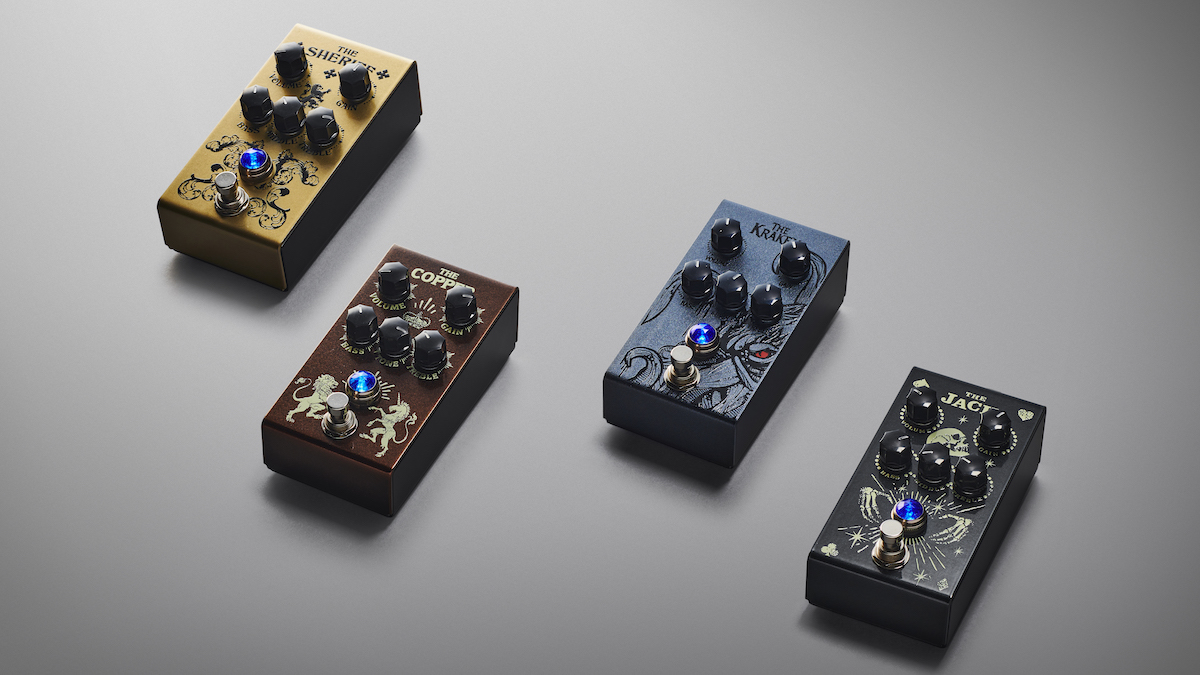
Specifications
Reasons to buy
Reasons to avoid
With their V4 preamp and amplifier pedals, Victory really felt like it upped the game with pedal amps. Utilizing proper vacuum tubes, even valve-purists’ ears popped open, but as far as pedals go, they were on the large side. Working with stompbox genius Adrian Thorpe (of ThorpyFX) they’ve managed to tackle this ‘problem’ with conviction; delivering the V1 series.
The V1 series of pedals is a compact, single switch, ‘amp in a box’ range, with one amp model per pedal, based on each of Victory’s illustrious contingent. Built to the robust standard associated with ThorpyFX and with the slick design Victory have become known for, these are designed to make any clean amp sound like a proper all-valve Victory amp.
Whilst they do not have some of the features one might expect from a fully fledged pedal amp – namely a DI output, with speaker simulation – they each provide a powerful gain and EQ stage that should let players tweak their sounds to their heart’s content. Whether used as an ‘always on’ pedal at the end of your effects chain, or as a conventional stompbox, these pedals give you premium tube-style tone, in a tiny package.
Read our Victory V1 Series Pedals review
Best compact
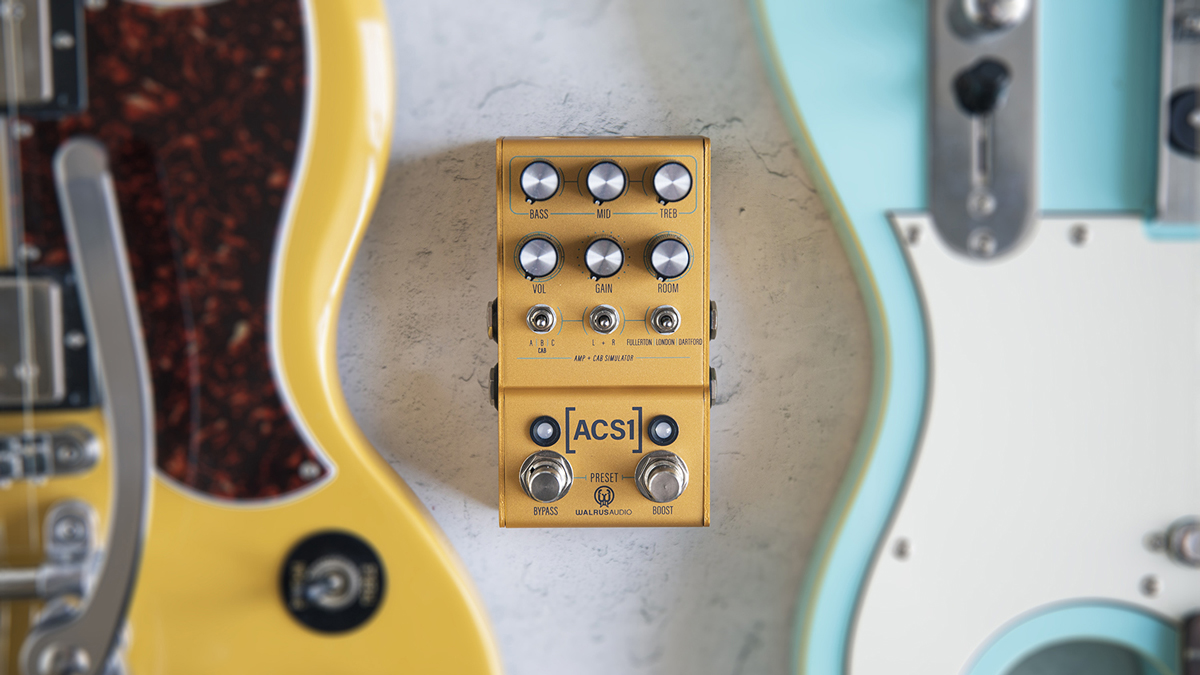
Specifications
Reasons to buy
Reasons to avoid
With three choices of amp - a Fender Deluxe Reverb, a 1962 Marshall Bluesbreaker and a 1960s vintage Vox AC30 - the ACS1 ticks pretty much all the boxes for ‘classic amplifier tone’. With six integrated cabinet impulse responses, there are plenty of options already to tweak this to your own taste, and with the ability to load in your own impulse responses via USB, you can twin any one of those classic amps with your speaker of choice.
One of the absolutely standout features of the ACS1 is the stereo output, which enables you to have different amps and cabinets on each channel using the L + R switch. Having a ‘dual-amp setup’ would be the dream scenario for many players, but the reality of hauling around two amps - temperamental tube amps at that - just isn’t possible for most, so having that available to you in something that will slot seamlessly onto your pedalboard feels like a result! With MIDI integration, you can easily switch your stereo rig on the fly too.
Read our full Walrus Audio Mako Series ACS1 Amp review
Best for headroom
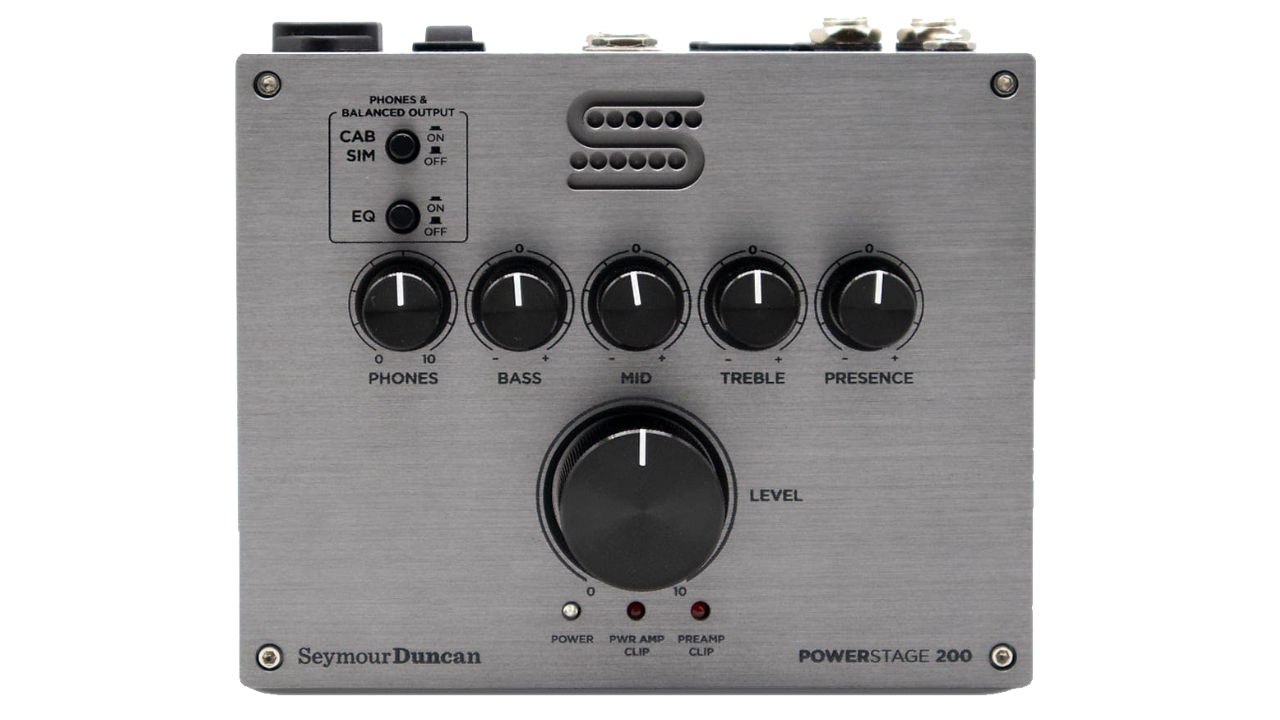
9. Seymour Duncan PowerStage 200
Our expert review:
Specifications
Reasons to buy
Reasons to avoid
Seymour Duncan has been making a name for itself in the pedal amp market with its PowerStage range for good reason – the company has created some of the most powerful yet simple to use products out there. The PowerStage 200 is a class D solid state amp that boasts an impressive 200-watt output.
This is one of the reasons why many guitarists looking to downsize their rig look to the Seymour Duncan PowerStage 200, as there’s just so much headroom on offer here. While it works best when paired with a decent sized cab, the cab simulator option is pretty decent and means you can plug straight into the house PA and still get a great, full sound.
Though comparable to the model below this, the PowerStage 170, the PowerStage 200 makes for the better pick as the cab sim and headphone output control make it a much more all-round option.
Best looking
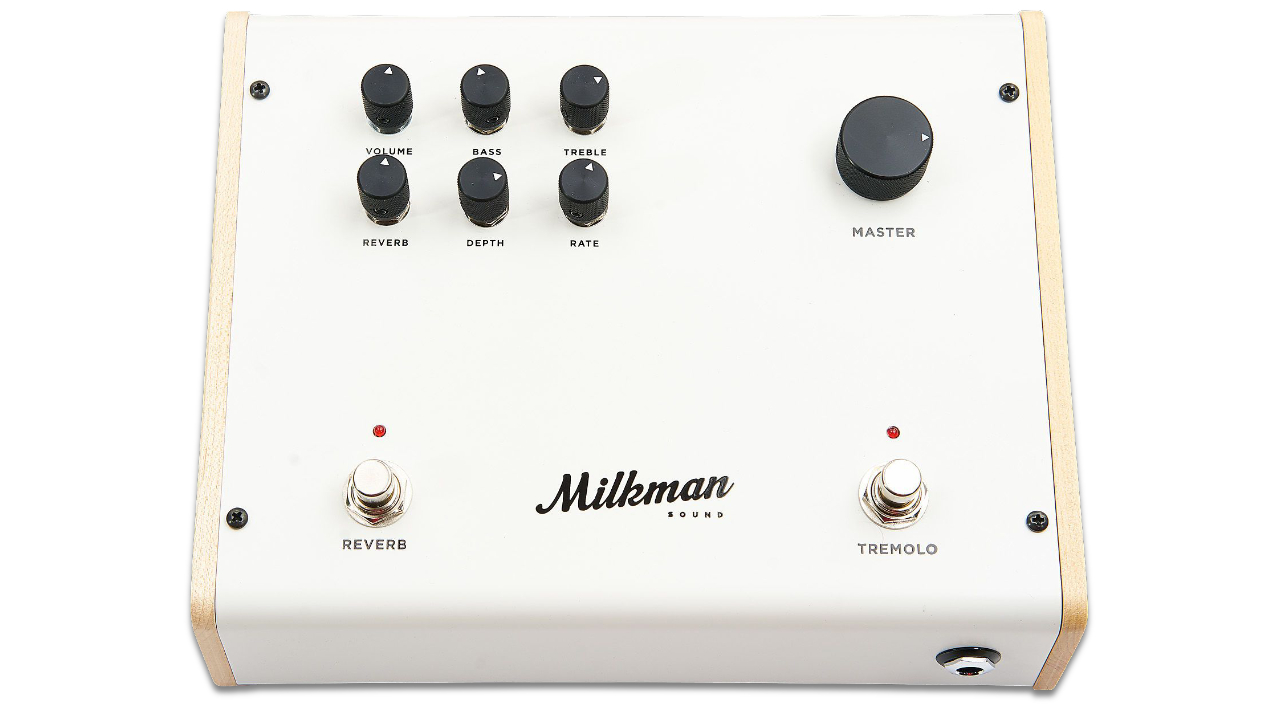
10. Milkman Sound The Amp 50W Tube Hybrid
Our expert review:
Specifications
Reasons to buy
Reasons to avoid
If our list of the best pedal amps was based on appearances alone, this would easily take the top spot. And while that is one of the best things about it, Milkman Sound’s The Amp has more to offer than just good looks. A class-D, solid-state power amp with a proper 12AX7 preamp tube, it offers between 25 and 100 watts of power.
As a result, it offers a respectable amount of headroom – though if you are looking for more, its bigger brother, The Amp 100, gives up to double the output power – as well as some great, warm tube tones, making it a good choice for players who have struggled to find that in purely digital options. Milkman Sound’s The Amp also runs on variable power, making it a much more user friendly option for those looking for a road-friendly power amp.
In terms of functionality, this pedal amp can be plugged straight into a passive cab as an amp head, as a tube preamp, as a practice amp through your headphones or as a DI amp for your DAW. In fact, this might be one of the best uses for The Amp, as it offers a lot more natural, nuanced tones than most plugin amp emulations.
The icing on the cake is the excellent built-in tremolo and spring-style reverb effects that help give this already unique piece of equipment a bit more vibe and personality.
Best for overdrive
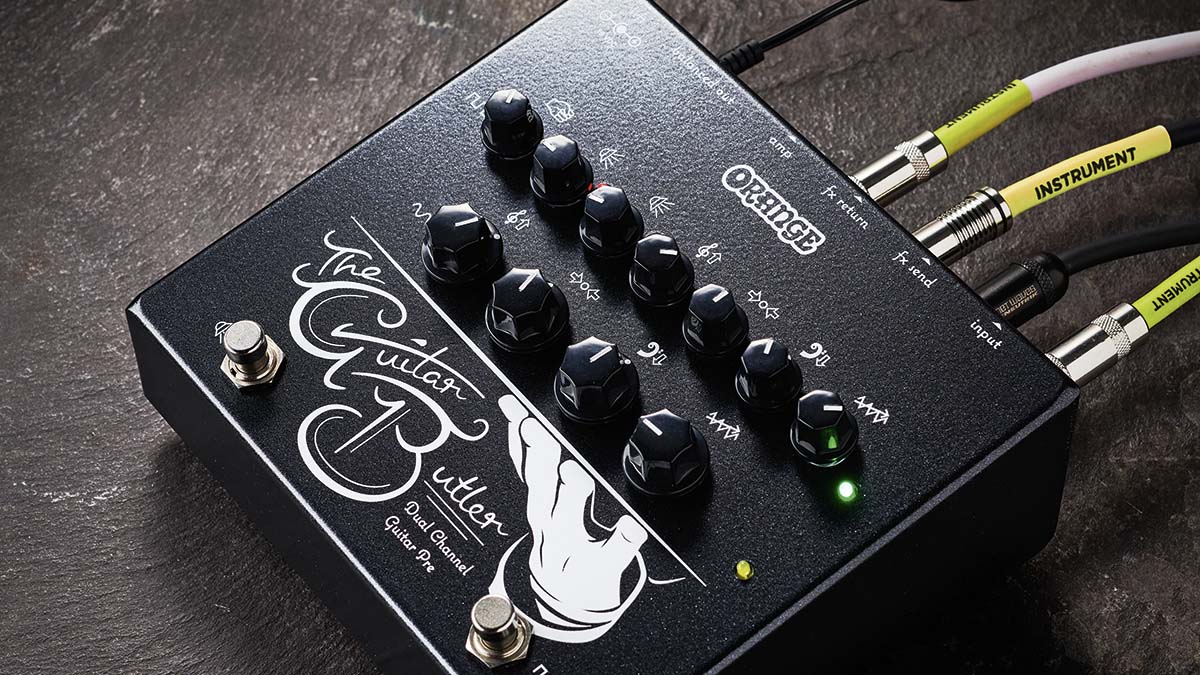
Specifications
Reasons to buy
Reasons to avoid
Orange aren’t newbies when it comes to putting amps on pedalboards – as you will see later in this list – however they have kept things relatively rudimental until now. Enter The Guitar Butler. Bass players may be familiar with the ‘Butler’ name, with the Bass Butler a serious contender in the bass preamp game and now Orange have made it their mission to offer the same level of pre-amp flexibility for guitarists. With two switchable channels – clean and overdrive – featuring the full range of authentic Orange tone, this is a comprehensive tonal workhorse that gives bags of options to suit almost any playing style.
This would be a great solution for those with a valve amp which errs more on the cleaner side, and opens up a totally new dimension of classic Orange dirt, courtesy of the JFET driven overdrive channel, providing valve-like feel and delicious harmonic distortion! The balanced DI output with cab simulation and buffered effects loop on the back makes it a dream for both live and home recording.
Read our full Orange The Guitar Butler review
Best for versatility

Specifications
Reasons to buy
Reasons to avoid
Hughes & Kettner's Black Spirit 200 Floor sets out to create a transportable version of the acclaimed Black Spirit 200 Head and Combo, and it does this relatively well while also offering a host of benefits unique to this unit. Featuring a digitally controlled analog solid state preamp, the Black Spirit 200 Floor offers four channels: Clean, Crunch, Lead and Ultra. It’s also packed with high-quality digital effects, meaning this unit doubles as a multi-channel amp and cab simulator, as well as a multi-effects pedal.
The list of controls and features is too long to dissect for this best pedal amps guide, but the Red Box cabinet simulation is one of the clear standouts and makes it a perfect choice for recording direct or going straight to a PA. Another great feature is sagging control, which enables the Black Spirit 200 Floor to mimic valve amplifier dynamics. It’s those sorts of details that put this unit in the top tier of power pedal amps.
While it is on the larger size in terms of dimensions, and not exactly ’board friendly, the Black Spirit 200 Floor is incredibly lightweight, all things considered (8.9lbs/4.1kg) and could effectively replace a lot of equipment in your existing rig.
Read our full Hughes & Kettner's Black Spirit 200 Floor Pedal Amp review
FAQs
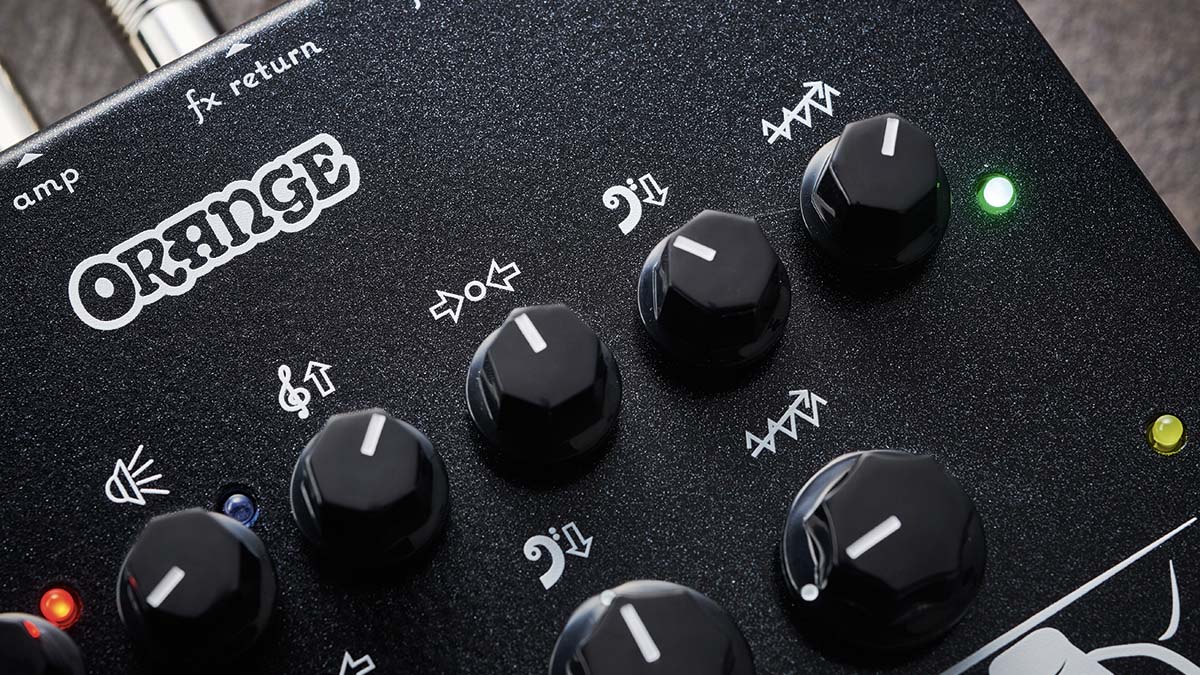
What is a pedal amp?
The name ‘pedal amplifier’ can mean many things. From a guitar pedal that sounds like an amp; models the speaker output of an amp; or is essentially an amplifier head, in a pedal format. Every one of these has their place, but also have very specific jobs.
What do I need to consider when choosing a pedal amp?
When choosing a pedal amp, it’s important to know what you’re looking for. Do you need something to create volume, tone, or both? That will decide whether you need a pedal that acts as a preamp or power amp. A preamp is the tonal shaping stage of any amplifier, where many of the sonic characteristics are added and tweaked, and you will often find a gain and sculpture (EQ) stage.
The volume of an amp is determined by the power amp, which is required to bring the preamp to life, and vice versa. The benefit of a power amp in a pedal, is that you (often) reduce the size of your rig immensely, making it super easy and lightweight to transport.
If volume isn’t on your agenda many of the best preamp pedals have dedicated line-outs on the back with speaker emulation, allowing the user to plug straight into their recording system or a PA system and get an authentic, amplifier sound, without the need for their own power amp.
Find out more about how we make our recommendations and how we test each of the products in our buyer's guides.
How we test products
Here at Guitar World, we are experts in our field, with many years of playing and product testing between us. We live and breathe everything guitar and bass related, and we draw on this knowledge and experience of using products in live, recording and rehearsal scenarios when selecting the products for our guides.
When choosing what we believe to be the best pedal amps available right now, we combine our hands-on experience, user reviews and testimonies and engage in lengthy discussions with our editorial colleagues to reach a consensus about the top products in any given category.
First and foremost, we are guitarists, and we want other players to find the right product for them. So we take into careful consideration everything from budget to feature set, ease of use and durability to come up with a list of what we can safely say are the best pedal amps on the market right now.
First and foremost, we are guitarists, and we want other players to find the right product for them. So we take into careful consideration everything from budget to feature set, ease of use and durability.
Read more about our rating system, how we choose the gear we feature, and exactly how we test each product.
Read more:
You can trust Guitar World
- Turn it up with the best amps for metal
- The best modeling amps
Get The Pick Newsletter
All the latest guitar news, interviews, lessons, reviews, deals and more, direct to your inbox!
Chris is a contributor to Guitar World and MusicRadar with around 20 years of guitar playing experience – including writing for and recording various projects for around 15 of those. Outside of practical experience, he’s studied music throughout his life, with a particular focus on composition at university. He’s something of a 90s tragic and a sucker for anything with a groovy, metallic edge or psych and stoner vibes. Outside of music, he’s an avid cook, gardener, and rugby league lover.
“The original Jordan Boss Tone was probably used by four out of five garage bands in the late ’60s”: Unpacking the gnarly magic of the Jordan Boss Tone – an actual guitar plug-in that delivers Dan Auerbach-approved fuzz
“This is a powerhouse of a stompbox that manages to keep things simple while offering endless inspiration”: Strymon EC-1 Single Head dTape Echo pedal review











